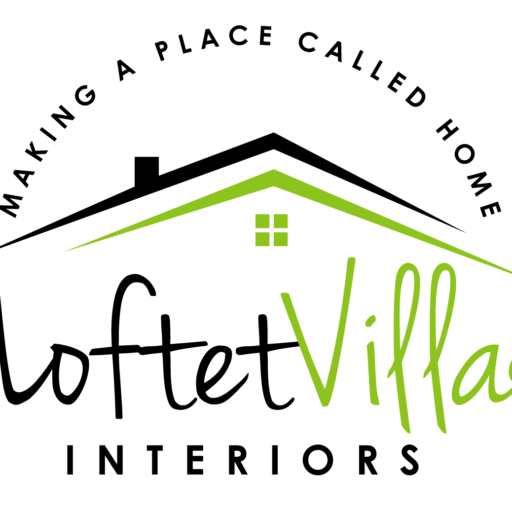By definition, texture is the way a certain object feels to the touch or appear or simply put, anything that we like to touch.
In Interior Design, texture is everywhere starting from hardwood floors, wall coverings, furniture, upholstery, décor items etc.
Why is texture so important?
Without texture any interior would look bland and without interest, lot like seasoning to a recipe or jewelry to an outfit. Texture adds depth, creates interest and adds coziness to a space.
Here are five things to consider where adding texture to a space:
1. Contrasting Textures – This is by far one of the most important point. When different contrasting textures are styled and layered together, the whole vignette looks more interesting and adds depth and visual aesthetic.
Consider a brick fireplace with a wooden mantel on top of which a beautiful mirror. Just by imagining, it sounds amazing right, and see how all the different textures (brick, wood, mirror) creates that.
So instead of incorporating the same texture all over, try to mix and create layers with different textures.
2. Adding texture through fabric – working with fabrics is one of my favorite ways to add personality and warmth to a space. Another thing that adding different fabrics do, is create lots of texture. We all love pillows and throws, right !! Unknowingly sometimes we are adding so much texture and warmth through fabrics, like pillows, throws, upholstered furniture, linen, curtains and so much more.
Here also the first point comes into account, that is, creating interest through contrasting fabrics like linen, velvet or maybe silk. The contrast between silk and linen creates so much visual depth, it is hard to ignore.
3. Adding texture in a neutral space – In a neutral space, where the colors used are all muted, neutrals limited to black, white, beige or grey (though nowadays there are many other neutrals too like some shades of green, blue, pink or lilac), textures play a huge role in creating the visual interest. Rugs, furniture pieces, wall and window coverings, décor items all curated together to give the space a cohesive, harmonious and designer look. Like this kitchen counter; there is wood, tiles, quartz, marble and linen

4. Texture and Focal Point – Simply put, focal point is anything that catches our eyes when entering a space. It can be a piece of art, furniture, a fireplace. Like in the example above of the brick fireplace, remember how all the textures came together to create that focal point. Another example can be a sideboard in an entryway.

Notice here how so many textural elements starting from the wallpaper, to the console, mirror, lamp plays a crucial role in creating the focal point.
5. Adding textures through furniture and accessories – This is one of the most popular ways to add texture. A wooden or marble furniture not only creates a mood in a space, but also gives a character and personality. At the same time, it adds so much texture and when layered with other textures (both contrasting and complementary) creates a depth. Same thing applies to accessories too. Different accessories of different textures add interest to the otherwise boring area.

There are other points to consider too, like lighting plays an important role in texture, how a particular piece of object looks in different lighting (natural daylight or artificial light). Texture also determines the visual weight up to a certain extent. Too much of it makes a space look more heavy and vice-versa
Lastly if you ask me if there is a thing called too much texture, personally I’d say YES. Too much of a good thing is not necessarily a good thing and the perfect balance between everything creates a cohesive and well-designed look.

